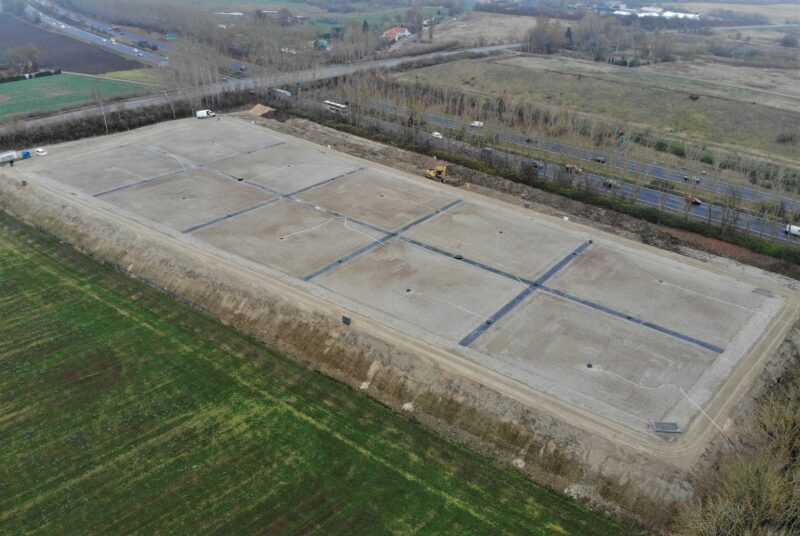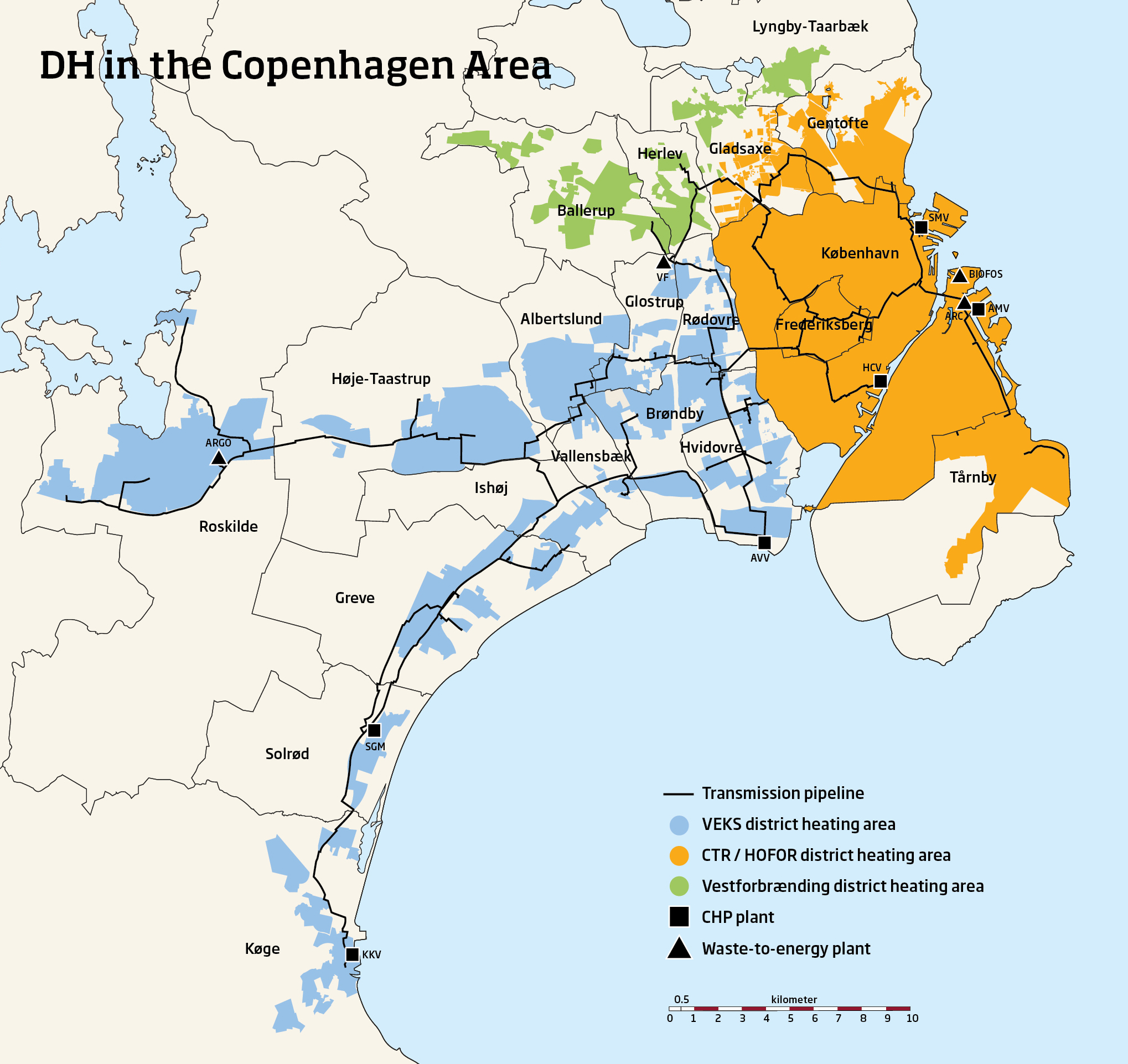In the journey towards establishing a fossil-free energy system, maintaining an equilibrium between energy consumption and production is pivotal. This balance needs to be economically viable, especially regarding the inclusion of a high share of fluctuating renewable energy sources.
Taking a significant step towards harnessing the potential of waste heat, Copenhagen has become the home of a collaborative initiative aimed at creating an innovative heat storage facility The Copenhagen district heating system consists of four Combined Heat and Power (CHP) plants, as well as three waste incineration plants. These CHP plants generate both heat and electricity simultaneously from a single source of fuel, and they capture and utilise the waste heat, which is otherwise lost in conventional power generation.
This system is, however, inflexible, as the CHP plants produce electricity during periods of high wind and low electricity prices and can be forced to produce heat in periods with high electricity prices.













